Potpourri of Amazing Bird Science
10,000 Birds
FEBRUARY 17, 2015
The potpourri covers some interesting bird related science of the last few weeks, and the promise is this: I’ll get to that other stuff soon, I promise! If this was America, we might not be concerned because starlings are an invasive species, at least in North America. . You see, it is all connected.


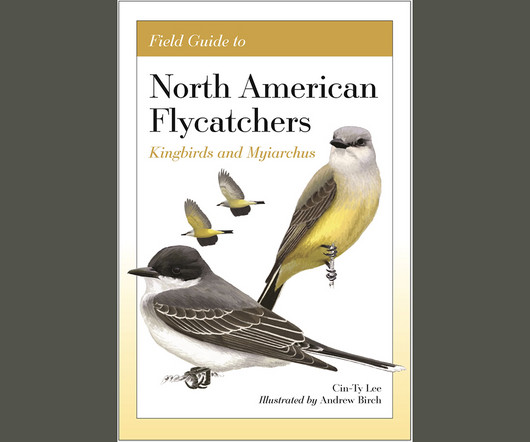




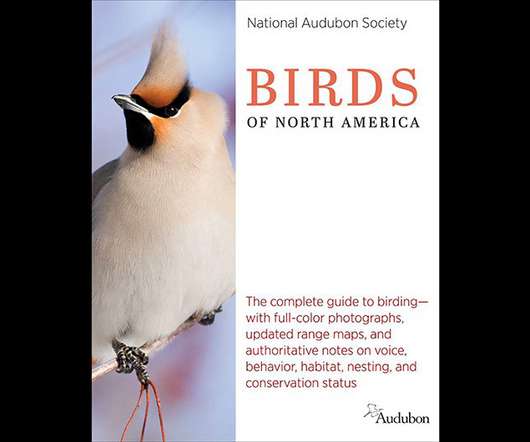
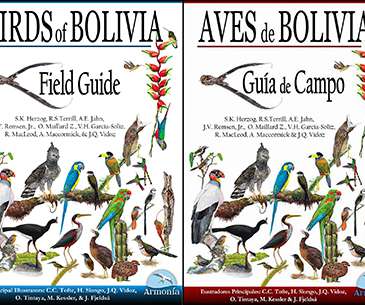

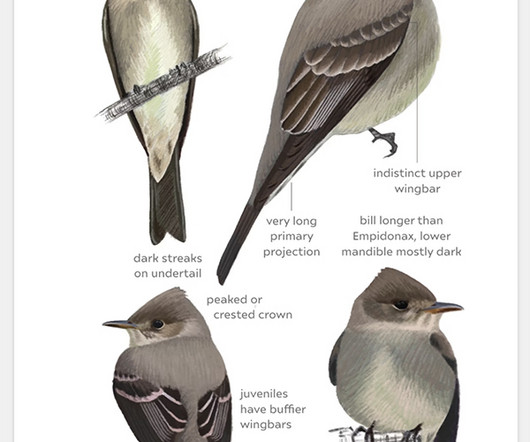

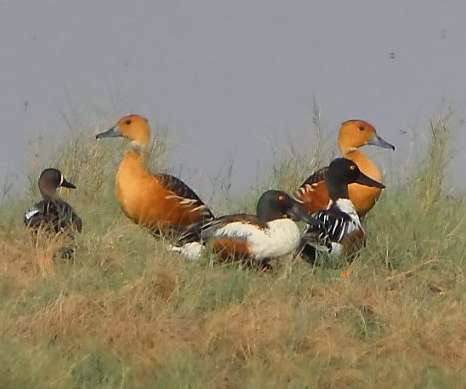







Let's personalize your content